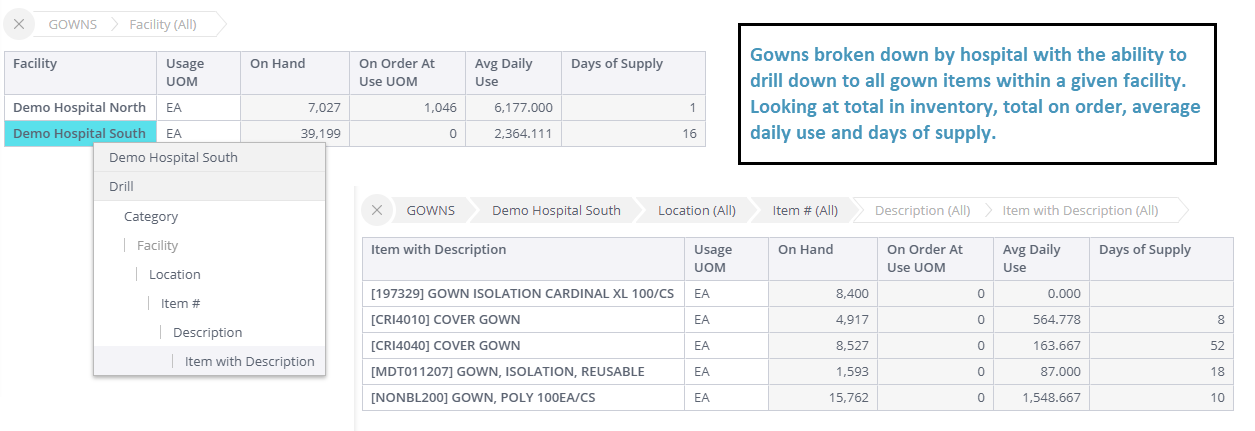

- JUMPSTOCK INVENTORY MANAGEMENT FOR SMALL BUSINESS MANUAL
- JUMPSTOCK INVENTORY MANAGEMENT FOR SMALL BUSINESS PROFESSIONAL
They use card records, inventory tags and accounting data to capture the information necessary to establish economic order quantities, order points, and other parameters for effective inventory control.
JUMPSTOCK INVENTORY MANAGEMENT FOR SMALL BUSINESS MANUAL
Many small manufacturers, wholesalers, and retailers with relatively few items in inventory use manual inventory control system. It is important to remember, however, that in many cases attempts to improve management and reduce costs fail, not simply because of insufficient records, but rather because of inaccurate and carelessly recorded inventory data. In such a case, regardless of the type of records maintained, the accuracy and discipline of the recording system is critical. But in a larger organization where many items from various suppliers are involved, more formal inventory records, such as kardex files, are appropriate. In very small businesses where visual control is used, records may not be needed at all or only for slowly moving or expensive items. But the number and kinds of records maintained, as well as the type of control system needed, depend upon the type and size of inventory.
JUMPSTOCK INVENTORY MANAGEMENT FOR SMALL BUSINESS PROFESSIONAL
Values such as these are published periodically by the trade associations and professional organizations they can be useful in setting guidelines for one's own company, but must be used with care.Īt a very basic level, business inventory records provide the information needed to make decisions about inventory management.

For example, on a cost of goods sold basis, the average inventory turnover rate for manufacturers of paperboard containers ranges from 4.5 to 21.0. This value gives a rough guideline by which managers can set goals and measure performance, but it must be realized that the turnover rate varies with the function of inventory, the typeof business, and how the ratio is calculated (whether on sales or cost of goods sold). One commonly used, simple measure of managerial performance is the inventory turnover rate. For example, one reward of improved inventory management may be an increase in working capital without the necessity of having to borrow money.Ĭomputation of the Inventory Turnover Rate And it is often not realized that small reductions in inventory investment may result in large percentage changes in the company's total cash position.

Many business owners often fail to appreciate fully the true costs of carrying inventory - which include not only direct costs of storage, insurance, taxes, etc., but is also the cost of money tied up in inventory. Successful inventory management involves simultaneously attempting to balance thecosts of inventory with the benefits of inventory. Get rid of obsolete items - but not before their replacements have taken hold in the market. Make volume purchases to obtain lower prices - but don't overbuy and Increase inventory turnover - but only at a good profit level Maintain a good assortment of products - but not too many This is one of the contradictory demands made upon the manager with respect to keeping inventory, others include: In attempting to control inventories, managers usually lean towards keeping inventory levels on the high side, yet this greater investment (given a constant amount of profit), yields a lower return on the dollar invested. Unless inventories are controlled they are unreliable, inefficient, and costly. In fact, many small businesses cannot absorb the types of losses arising from poor inventory management. These stocks represent a large portion of the business investment and must be well managed in order to maximize profits. In a literal sense, inventory refers to stock of anything necessary to do business.


 0 kommentar(er)
0 kommentar(er)
